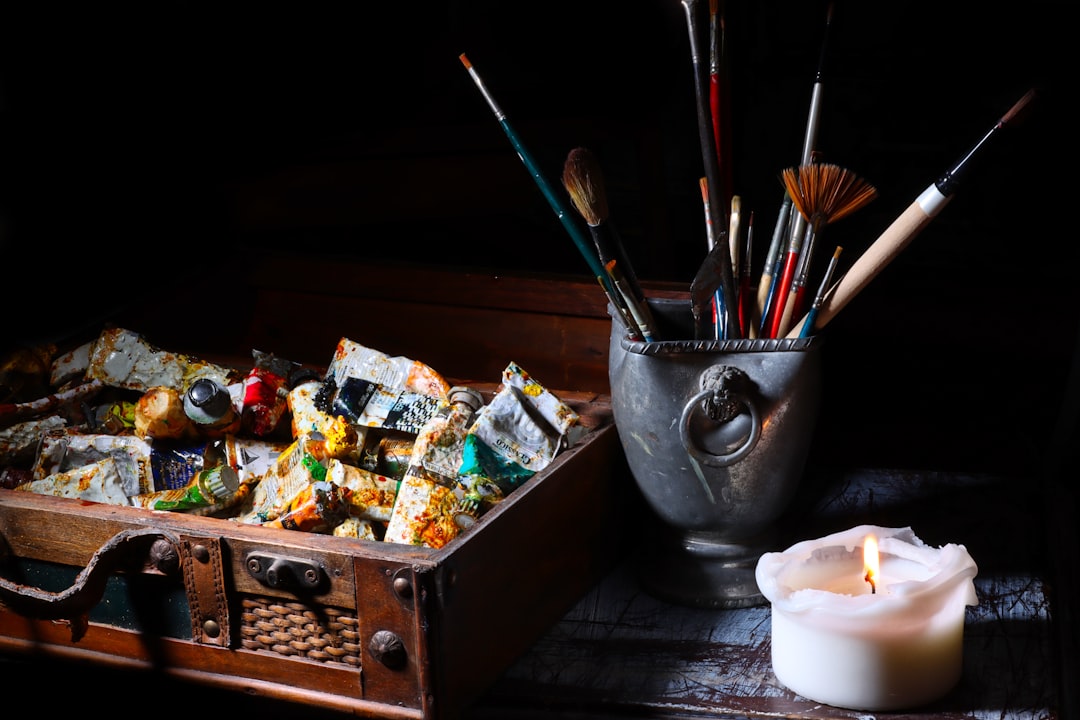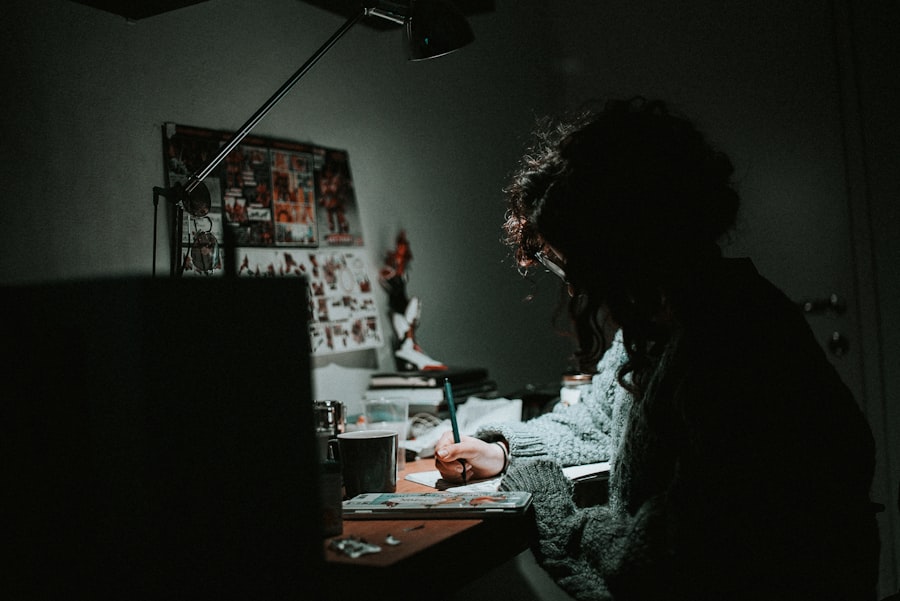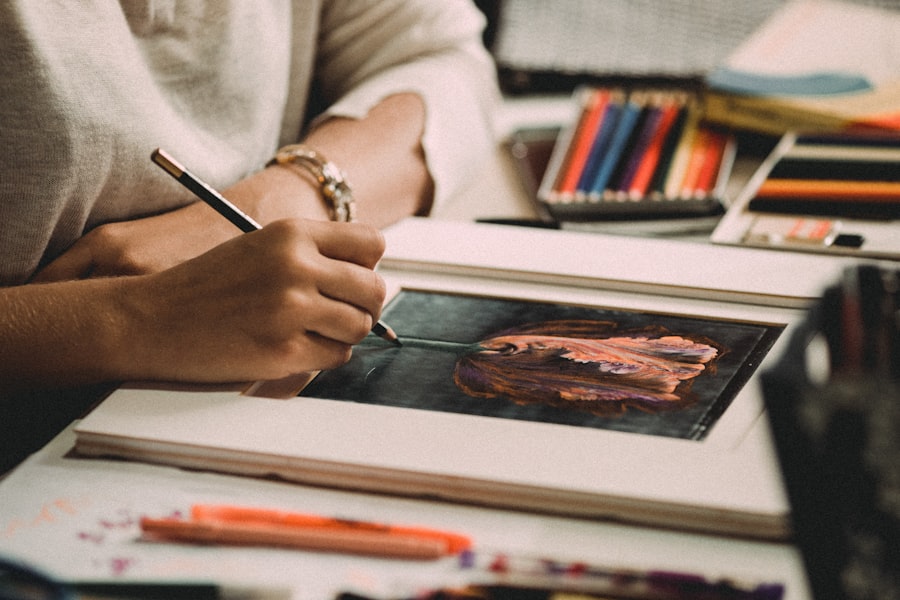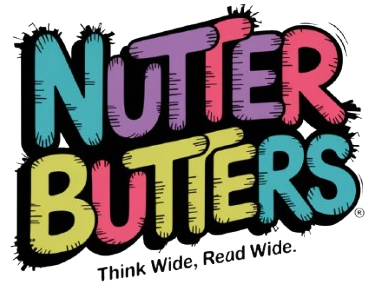
Howard Russell Butler: A Legacy of Art and Education
The early life of many influential figures often shapes their future endeavors, and this is certainly true for the subject of this article. Born into a modest family, the individual in question exhibited a profound curiosity about the world around them from a young age. Growing up in a culturally rich environment, they were exposed to various forms of artistic expression, which ignited a passion for creativity that would later define their career.
Their formative years were marked by a blend of traditional values and progressive ideas, fostering an environment where exploration and innovation were encouraged. Education played a pivotal role in their development. They attended local schools where they excelled academically, particularly in subjects that required critical thinking and creativity.
Recognizing their talent, teachers often encouraged them to pursue the arts more seriously. This encouragement led to enrollment in a prestigious art school, where they honed their skills under the guidance of renowned instructors. The rigorous training they received not only refined their technical abilities but also instilled a deep appreciation for the historical context of art, which would later influence their own work.
Key Takeaways
- Early Life and Education: The artist had a humble upbringing and showed an early interest in art and science.
- Artistic Career and Achievements: The artist gained recognition for their unique style and innovative techniques, leading to numerous awards and exhibitions.
- Scientific Contributions: In addition to their artistic pursuits, the artist made significant contributions to the field of science, particularly in the study of light and color.
- Legacy in Education: The artist’s passion for education led to the establishment of several art and science programs, inspiring future generations of creatives and scientists.
- Impact on American Art: The artist’s work had a profound impact on the American art scene, influencing the development of new artistic movements and styles.
Artistic Career and Achievements
The transition from education to a professional artistic career was marked by both challenges and triumphs. Upon graduation, the artist faced the daunting task of establishing themselves in a competitive field. Their early works, characterized by a unique blend of styles and techniques, began to attract attention within local art circles.
Exhibitions showcasing their pieces garnered positive reviews, highlighting their innovative approach to traditional themes. This initial recognition served as a springboard for further opportunities, allowing them to collaborate with other artists and participate in larger exhibitions. As their career progressed, the artist’s body of work expanded significantly, encompassing various mediums such as painting, sculpture, and mixed media.
They became known for their ability to convey complex emotions through visual storytelling, often drawing inspiration from personal experiences and societal issues. Notable achievements during this period included several prestigious awards and grants that recognized their contributions to contemporary art. Their work was not only celebrated for its aesthetic qualities but also for its ability to provoke thought and dialogue among viewers.
Scientific Contributions

While primarily known for their artistic endeavors, this individual also made significant contributions to the scientific community, particularly in the realm of art conservation and preservation techniques. Their interest in the science behind art led them to collaborate with chemists and materials scientists to develop innovative methods for restoring and preserving artworks. This interdisciplinary approach not only enhanced the longevity of various pieces but also provided valuable insights into the materials used by artists throughout history.
This method allowed conservators to better understand the original intentions of artists and make informed decisions about restoration processes. By bridging the gap between art and science, they opened new avenues for research and preservation that continue to benefit both fields today.
Legacy in Education
| Aspect | Metrics |
|---|---|
| Student Performance | Graduation rates, standardized test scores |
| Teacher Retention | Turnover rates, average years of experience |
| Facility Age | Average age of school buildings |
| Curriculum | Number of courses offered, alignment with industry standards |
The impact of this individual’s work extends far beyond their own artistic creations; they have left an indelible mark on education as well. Recognizing the importance of nurturing young talent, they established several educational initiatives aimed at providing access to art education for underprivileged communities. These programs focused on fostering creativity and critical thinking skills among students, emphasizing the value of artistic expression as a means of personal development.
In addition to direct educational efforts, they also contributed to academic discourse through lectures and workshops at various institutions. Their commitment to sharing knowledge inspired countless students and emerging artists to pursue their passions fearlessly. By advocating for the integration of art into broader educational curricula, they helped elevate the status of the arts within academic settings, ensuring that future generations would have opportunities to explore their creative potential.
Impact on American Art
The influence of this artist on American art cannot be overstated. Their innovative techniques and thematic explorations challenged conventional norms and inspired a wave of new artists to push boundaries within their own practices. By addressing contemporary social issues through their work, they not only reflected the complexities of American life but also encouraged others to engage with these themes in meaningful ways.
Their exhibitions became cultural touchstones, drawing attention from critics and collectors alike. The artist’s ability to resonate with diverse audiences helped bridge gaps between different artistic movements, fostering a sense of unity within the American art community. As a result, they played a crucial role in shaping the narrative of American art during a transformative period, influencing both established artists and newcomers seeking to carve out their own identities.
Conservation Efforts

Advocacy for Conservation
Their advocacy for conservation led to partnerships with museums and cultural institutions focused on preserving artworks for future generations. These partnerships enabled the development of innovative strategies for preserving cultural heritage.
Environmental Factors in Art Preservation
One significant initiative involved raising awareness about the importance of environmental factors in art preservation. They conducted research on how climate change impacts artworks, particularly those housed in vulnerable locations. This research highlighted the need for sustainable practices within the art world.
Sustainable Practices for Art Preservation
By promoting sustainable practices, they encouraged institutions to adopt measures that would safeguard both contemporary and historical pieces against deterioration caused by environmental changes. This effort has had a lasting impact on the art world, ensuring that future generations can continue to appreciate and learn from our cultural heritage.
Honors and Recognition
Throughout their career, this artist received numerous honors and accolades that underscored their contributions to both art and science. Prestigious awards from national arts organizations recognized their innovative work and commitment to excellence. These accolades not only validated their efforts but also elevated their status within the artistic community, allowing them to reach wider audiences.
In addition to awards, they were frequently invited to participate in high-profile exhibitions and symposiums, where they shared insights into their creative process and conservation techniques. Their presence at these events further solidified their reputation as a thought leader in both artistic and scientific circles. The recognition they garnered served as an inspiration for many aspiring artists who sought to follow in their footsteps.
Influence on Future Generations
The legacy of this artist extends into the future through the countless individuals they have inspired throughout their career.
Their emphasis on social engagement through art has resonated with younger generations who seek to use their talents as a means of addressing pressing societal issues.
Moreover, the educational initiatives they established continue to empower students from diverse backgrounds, providing them with opportunities to explore their artistic potential. Many former students have gone on to achieve success in various creative fields, attributing their inspiration and guidance to this individual’s mentorship. As such, their influence is felt not only in the artworks created but also in the lives transformed through education and artistic expression.
In summary, this individual’s multifaceted contributions have left an enduring impact on both the artistic landscape and society at large. Their commitment to innovation, education, conservation, and social engagement has paved the way for future generations of artists who will undoubtedly carry forward the torch of creativity and advocacy that they so passionately embodied throughout their life.
FAQs
What is Howard Russell Butler’s educational background?
Howard Russell Butler studied at the National Academy of Design in New York City and later attended the Académie Julian in Paris, France.
Did Howard Russell Butler receive any formal art education?
Yes, Howard Russell Butler received formal art education at the National Academy of Design in New York City and the Académie Julian in Paris, France.
What type of art education did Howard Russell Butler receive?
Howard Russell Butler received traditional art education, focusing on techniques such as drawing, painting, and composition.
Did Howard Russell Butler pursue any other forms of education besides art?
In addition to his art education, Howard Russell Butler also studied engineering at Columbia University, where he later became a professor of civil engineering.
How did Howard Russell Butler’s education influence his career as an artist?
Howard Russell Butler’s diverse education in art and engineering influenced his artistic style, allowing him to incorporate scientific accuracy and technical precision into his landscape and celestial paintings.



